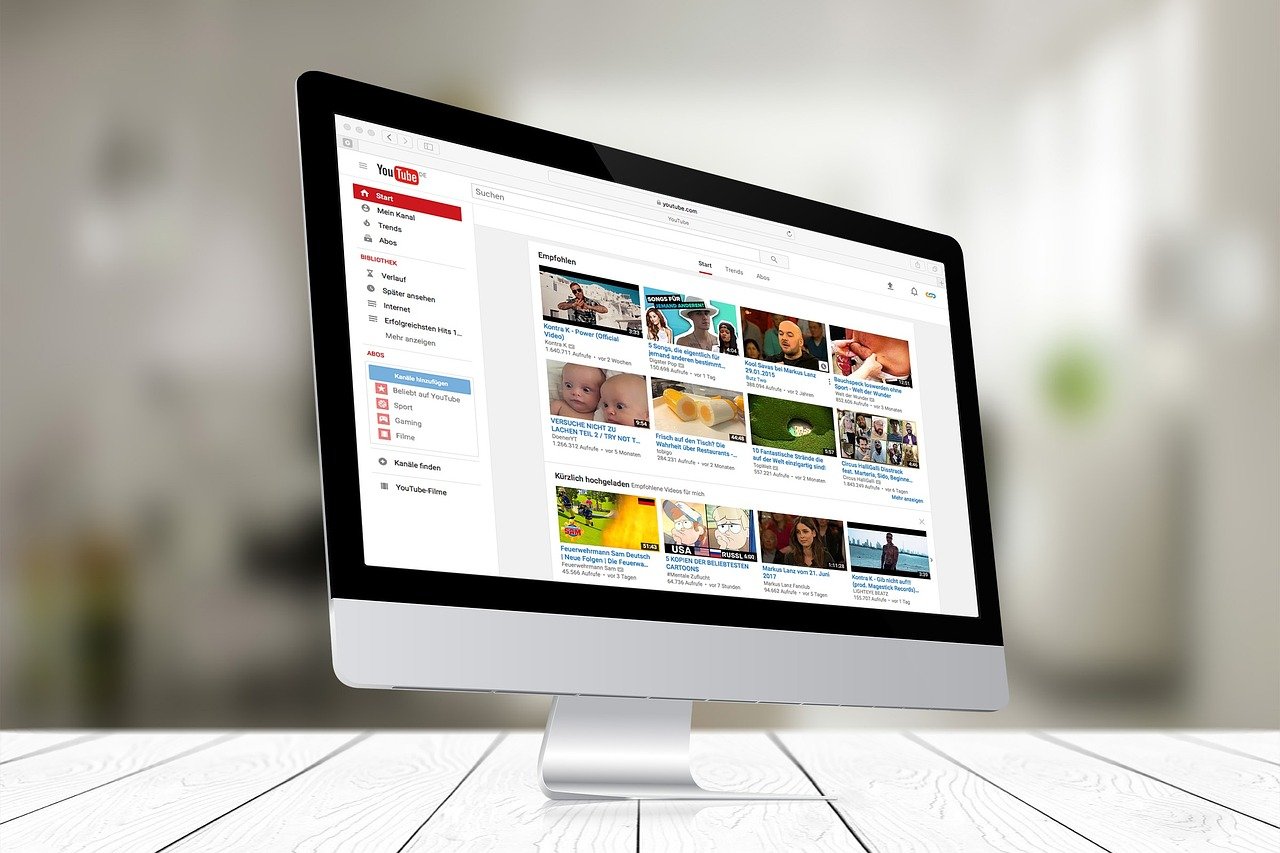In today’s digital era, the print-on-demand (POD) business model has revolutionized e-commerce, providing entrepreneurs with a low-risk hustle to launch custom-designed products without managing inventory. This model allows businesses to sell products like apparel, mugs, phone cases, and home decor, which are only produced once an order is placed. Several POD platforms facilitate this process, each offering unique features. In this comprehensive guide, we’ll delve into the most popular POD platforms, their advantages and disadvantages, and key factors to consider when choosing the right platform for your business.
What is Print-on-Demand?
Print-on-demand is a fulfillment approach that involves printing and shipping products only when a customer places an order. This eliminates the need for upfront investment in inventory, reduces waste, and allows businesses to offer a broad range of customizable products.
With POD, sellers focus on designing, marketing, and managing their storefronts, while the POD platform handles production, packaging, and shipping.
Popular Print-on-Demand Platforms
Printful

Overview:
Printful is one of the most recognized POD platforms, offering a wide range of products, including clothing, accessories, and home goods. It seamlessly integrates with popular e-commerce platforms such as WooCommerce, Shopify and Etsy.
Pros:
- Wide product selection and high-quality items.
- No payment required upfront; only pay when you actually make a sale.
- Easy-to-use mockup generator for creating product images.
- Global fulfillment centers ensure faster shipping times.
Cons:
- Higher base costs compared to other platforms.
- Limited customization options for certain products.
- Shipping can be costly, especially on international orders
Best For: Entrepreneurs prioritizing quality and scalability.
Printify

Overview:
Printify acts as a network of print providers, allowing you to choose from a variety of manufacturers based on price, location, and product options.
Pros:
- Extensive product catalog.
- Ability to select from multiple print providers.
- Competitive pricing and profit margin flexibility.
- Integrates with major e-commerce platforms.
Cons:
- Quality control varies between print providers.
- Shipping can become complex when using multiple suppliers.
- Limited support for design customization.
Best For: Sellers seeking variety and cost-effective options.
Redbubble

Overview:
Redbubble is a marketplace POD platform catering to independent artists. You upload designs, and they handle the rest, including marketing to their audience.
Pros:
- Access to an established customer base.
- No need to create a separate store.
- Offers unique products like wall art and stationery.
- Easy-to-use interface.
Cons:
- Lower profit margins due to the platform’s cut.
- Limited control over branding and customer data.
- Competitive marketplace with thousands of designers.
Best For: Artists looking to showcase their designs without managing an external store.
Merchize

Overview:
Merchize combines POD fulfillment with storefront customization, making it a one-stop shop for sellers.
Pros:
- Built-in store builder and e-commerce integration.
- Bulk product uploads and efficient management tools.
- Wide product range, including apparel, jewelry, and accessories.
Cons:
- Limited marketplace presence.
- Learning curve for newcomers.
Best For: Entrepreneurs looking for a POD solution with storefront capabilities.
Gelato

Overview:
Gelato specializes in global production and delivery, with a strong emphasis on sustainability.
Pros:
- Local production reduces shipping time and environmental impact.
- Affordable base costs.
- Offers a wide range of products, from posters to apparel.
Cons:
- Limited product catalog compared to competitors like Printful.
- Design tools are basic.
Best For: Businesses focusing on eco-friendly practices and global markets.
Gooten

Overview:
Gooten offers a wide range of products and focuses on automation, making it ideal for scaling businesses.
Pros:
- Competitive pricing and flexible profit margins.
- Automated order processing.
- Offers bulk discounts for high-volume sellers.
Cons:
- Requires technical know-how for integration.
- Customer support response times can be slow.
- No built-in marketplace for exposure.
Best For: Established e-commerce businesses seeking efficient scaling.
Zazzle

Overview:
Known for its variety, Zazzle offers customizable items ranging from apparel to business essentials.
Pros:
- Extensive product catalog.
- Marketplace for additional exposure.
Cons:
- Complex pricing.
- Smaller profit margins due to platform fees.
Best For: Sellers catering to custom requests.
Summary of Site Ratings
| Site | Shopify Ratings | Trustpilot |
| Printful | 4.7 | 4.7 |
| Printify | 4.8 | 4.7 |
| Redbubble | – | 3.7 |
| Merchize | – | 4.0 |
| Gelato | 4.8 | 4.7 |
| Gooten | 4.4 | 4.4 |
| Zazzle | – | 4.5 |
Pros of Print-on-Demand
- Low Initial Investment
No need to purchase inventory upfront, making it accessible for new entrepreneurs. - Wide Product Variety
Platforms offer extensive catalogs, from apparel to home goods. - No Inventory Management
Products are made-to-order, reducing storage and wastage costs. - Customizable Designs
Businesses can test various designs and pivot quickly based on trends. - Global Reach
Many platforms provide international shipping, expanding your market.
Cons of Print-on-Demand
- Higher Costs per Unit
Base costs are higher than bulk manufacturing, reducing profit margins. - Limited Customization Options
Certain products have restrictions on print areas or design options. - Variable Quality Control
Some platforms may lack consistency in product quality. - Shipping Delays
Long production and delivery times can lead to dissatisfied customers. - Profit Margins
After deducting base costs and shipping fees, margins can be slim.
Key Considerations When Choosing a POD Platform
- Product Quality: High-quality products enhance customer satisfaction and reduce returns. Consider ordering samples from the platform to evaluate quality.
- Integration Options: Choose a platform that integrates seamlessly with your preferred e-commerce tools like Shopify, Etsy, or WooCommerce.
- Shipping and Fulfillment: Evaluate shipping costs, delivery times, and international shipping capabilities.
- Profit Margins: Compare base costs, shipping fees, and platform commissions to determine profitability.
- Customization and Design Tools: Look for platforms that offer easy-to-use design tools and support for various print methods (e.g., sublimation, embroidery).
- Customer Support: Strong customer support can resolve issues quickly and improve your experience.
- Marketplace Presence: If you’re starting without an audience, platforms with built-in marketplaces (e.g., Redbubble, Society6) can provide exposure.
- Scalability: For long-term growth, choose platforms like Gooten or Printify that support automation and bulk discounts.
Tips for Success in Print-on-Demand
- Research Trends: Use tools like Google Trends and social media to identify popular niches and designs.
- Focus on Branding: Even with POD, strong branding helps differentiate your business. Use custom packaging or thank-you notes where possible.
- Optimize Product Listings: Write compelling descriptions, use high-quality images, and include relevant keywords to boost visibility.
- Leverage Marketing Channels: Utilize social media, email marketing, and paid ads to reach your target audience.
- Test and Iterate: Experiment with different designs, niches, and price points to find what works best.
Conclusion
Print-on-demand is a game-changer for entrepreneurs seeking to start a business with minimal investment. However, success requires careful planning and the right platform choice. Each platform—be it Printful for quality, Printify for variety, or Redbubble for artist exposure—has its strengths and weaknesses. By weighing the pros and cons, considering your goals, and understanding your target audience, you can find the perfect POD solution to launch and grow your business.
Remember, the POD journey is not just about selling products; it’s about creating a brand that resonates with your customers. With determination and imagination, the opportunities are limitless.




